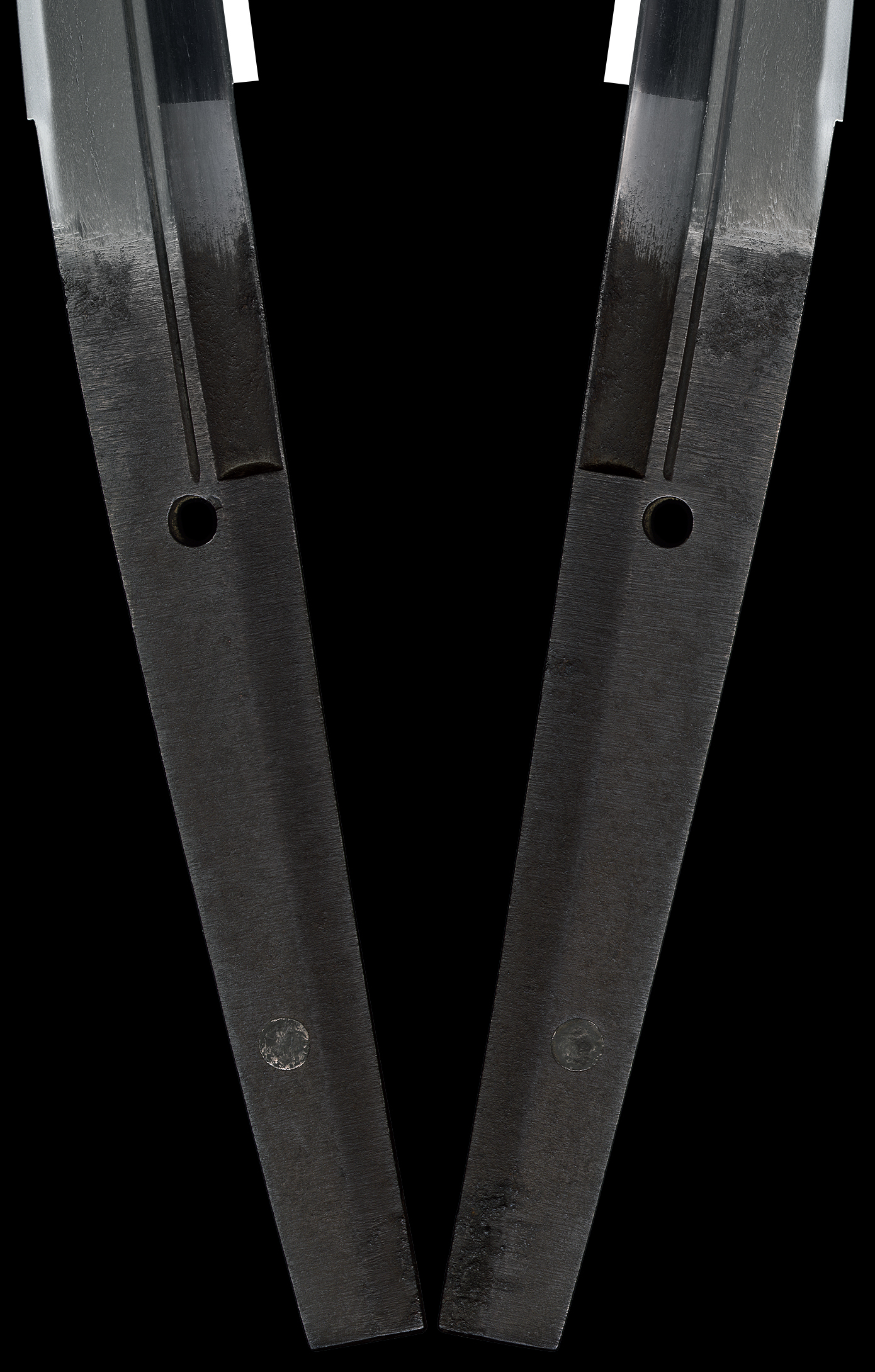Previous answer is
Mumei (Ko Naminohira)
無銘(古波平)
Features: The Ko Naminohira school traces its origins to Masakuni, a swordsmith of the late Heian period who settled in the village of Namino in Satsuma from Yamato province. His son, Yukiyasu, continued the tradition, and the Ko Naminohira smiths maintained a strong Yamato influence in their works throughout the Muromachi period. Ko Naminohira smiths from the Nanbokucho period, such as this one, demonstrate that same Yamato influence, with soft, viscous forging and a hamon characterized by a moist nioiguchi. This blade's wide body and large kissaki reflect the robust shape of the Nanbokucho period, and the soft, oily jigane, combined with a tightly formed hamon, are hallmarks of the Ko Naminohira tradition. The blade is well-preserved, making it a fine example of the Ko Naminohira school from the Nanbokucho period.
=====================================
Appraisal Quiz #813 (September 21st, 2024)
Who made this sword do you think ?
=====================================
Blade length: 70.0 cm (27.56 in)
Curvature: 1.8 cm (0.71 in)
Mekugi holes: 4 (1 filled)
Width at base: 2.98 cm (1.17 in)
Width at tip: 2.02 cm (0.80 in)
Thickness: 0.61 cm (0.24 in)
Sword weight: 640 grams
Shape: It has a well-proportioned shape with a normal width and thickness, a deep curvature, and an extended kissaki.
Jigane: Fine ko-itame hada, well-forged with an excellent texture, featuring a faint utsuri.
Hamon: Straight-formed with ashi, active along the blade. Notably, it features reversed choji, with abundant ha activities, and a one-piece ko-maru boshi that smoothly turns into a midare pattern.
=====================================
Answer will be posted at next Appraisal Quiz.
======


